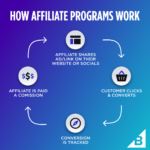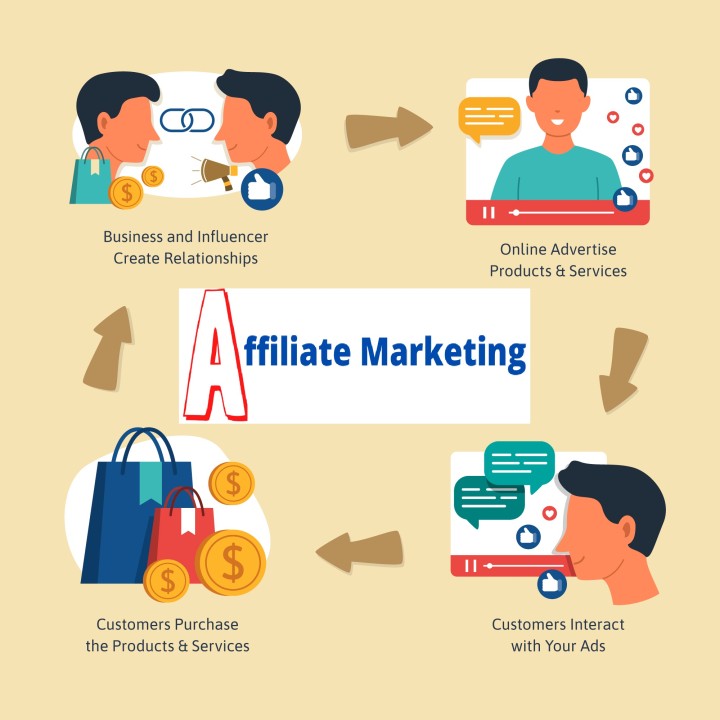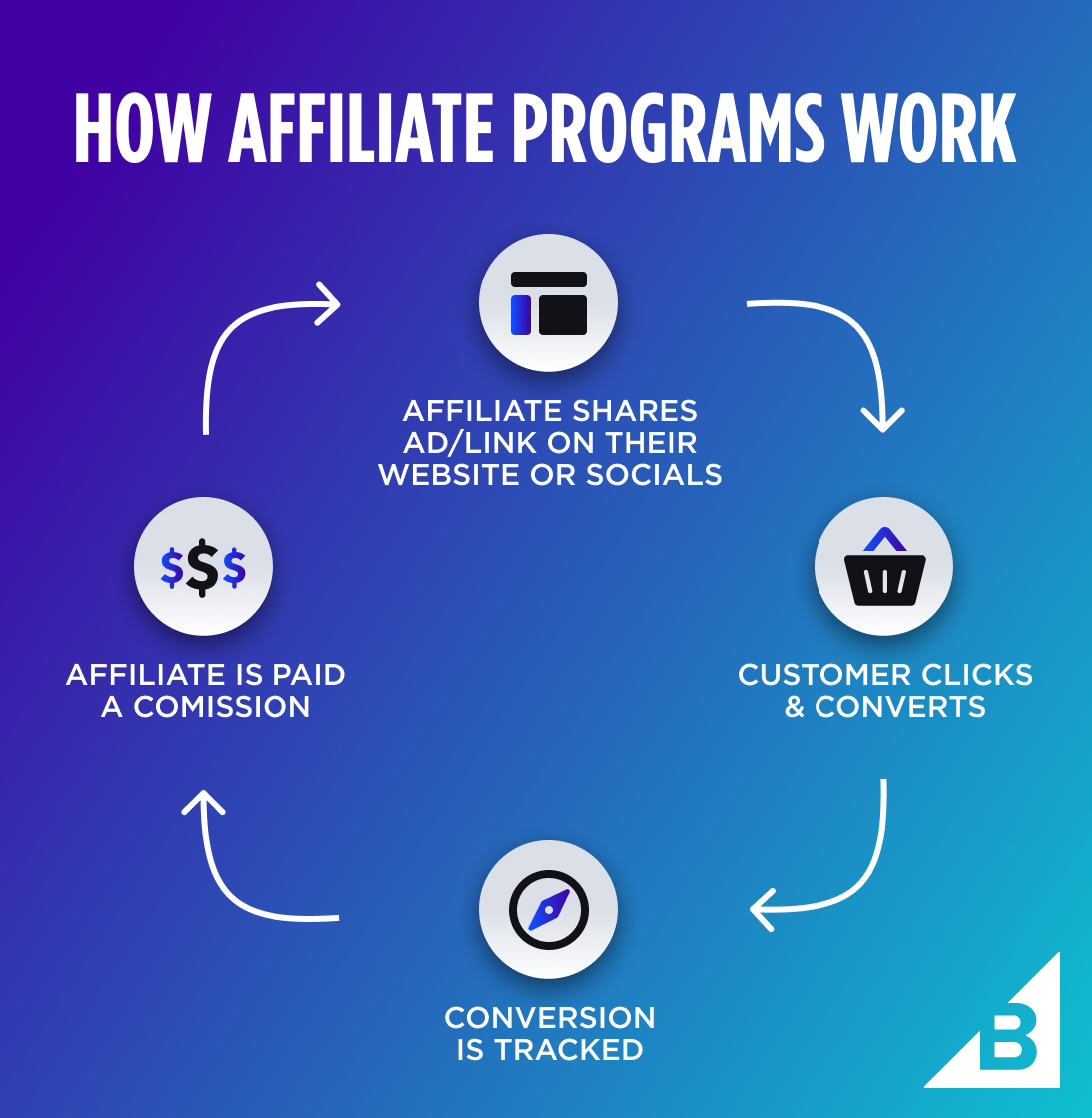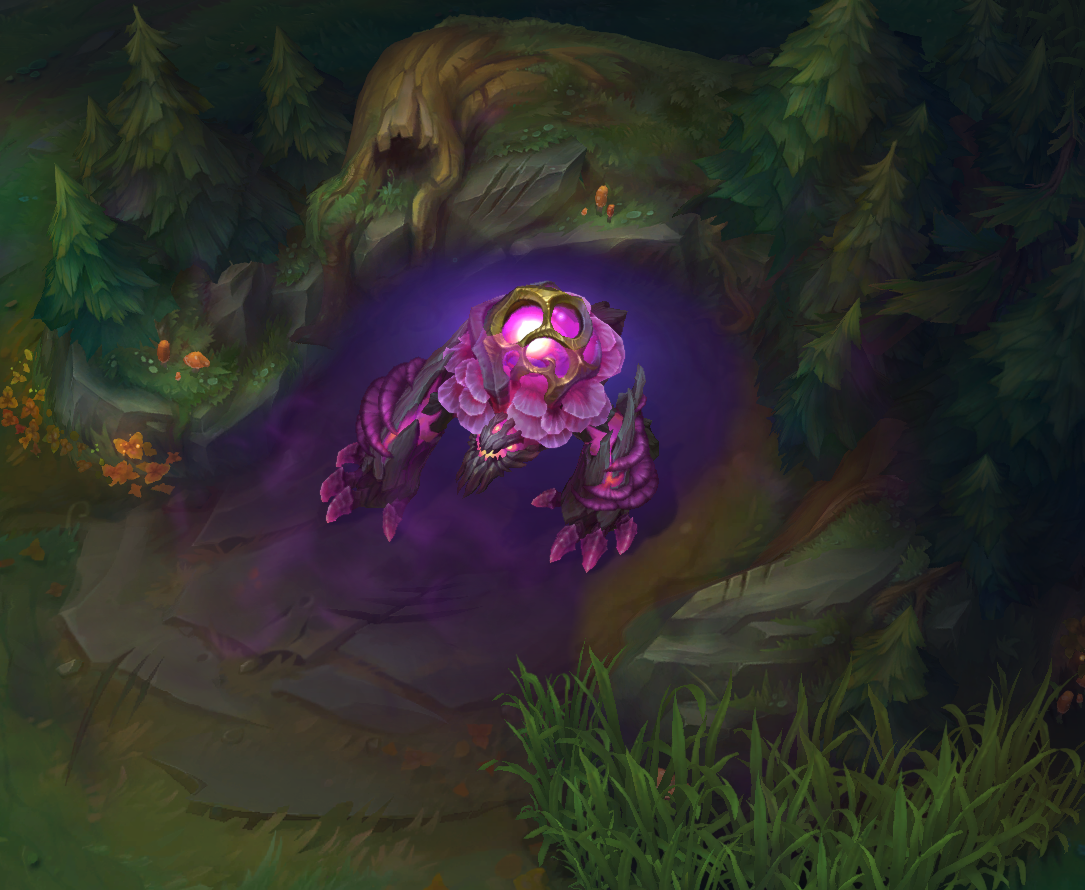In the ever-evolving landscape of digital marketing and user interaction, the innovative concept of gamification has risen to prominence as a powerful tool for businesses seeking to captivate their audience and elevate brand engagement. At its core, gamification involves seamlessly integrating game elements into non-game contexts, sparking enthusiasm, and motivating active participation. From the realms of loyalty programs to the corridors of employee training modules, the application of game mechanics can seamlessly transform routine tasks into immersive and engaging experiences. This comprehensive article aims to delve into the nuanced strategies behind crafting effective game elements, exploring the myriad ways in which businesses can harness the gamification goldmine to achieve their diverse objectives.

Understanding Gamification: A Brief Overview
Embarking on the journey to unlock gamification’s potential necessitates a fundamental understanding of the principles that underpin this innovative approach. At its essence, gamification involves the incorporation of game-like elements, such as points, rewards, and challenges, into non-game scenarios to stimulate participation and motivation. By tapping into innate human desires for achievement and recognition, businesses can forge a stronger connection between their brand and the audience, ultimately fostering a more engaging and loyal customer base.
Gamification represents a departure from traditional marketing approaches, leveraging the psychological triggers that make games so captivating. It is a dynamic strategy that extends beyond mere entertainment, transforming mundane interactions into captivating experiences. As this article unfolds, readers will gain valuable insights into the strategic deployment of game elements, unraveling the intricacies that contribute to the gamification phenomenon.
Game Elements Unveiled
Deciphering the Components: A Comprehensive Exploration of Game Elements
To effectively implement gamification strategies, businesses must acquaint themselves with the diverse set of game elements available. Each element serves a unique purpose, contributing to the overall gaming experience and influencing user behavior. Understanding these components is paramount in crafting compelling gamified systems that resonate with the target audience.
2.1 Points and Leaderboards
Points, the foundational currency in many gamification systems, act as a tangible measure of progress and accomplishment. When coupled with leaderboards, where users can track and compare their standings, points foster healthy competition and a fervent desire for recognition. This element taps into the human psyche’s competitive nature, compelling users to actively participate in the gamified experience to climb the leaderboard and accrue more points.
2.2 Badges and Achievements
In the expansive gamification landscape, badges and achievements act as virtual medals, symbolizing specific milestones or accomplishments within the gamified system. These visual representations of success serve as potent motivators, appealing to users’ intrinsic desire for recognition and accomplishment. Crafting a diverse range of badges and achievements ensures that users with varying preferences and skill sets find meaningful ways to engage with the gamified platform.
2.3 Challenges and Quests
Infusing gamification with an adventurous spirit, challenges and quests present users with specific tasks or missions to complete. This narrative-driven approach creates an immersive experience that keeps participants invested over time. The allure of overcoming challenges and embarking on quests appeals to users’ sense of curiosity and achievement, fostering sustained engagement and a deeper connection with the gamified platform.
2.4 Rewards and Incentives
Beyond the virtual realm, tangible rewards and incentives play a pivotal role in gamification. Whether in the form of discounts, exclusive access, or physical products, these rewards serve as powerful motivators, bridging the gap between the digital and real-world experiences. Crafting a balanced and enticing reward system is essential to keep participants motivated and eager to progress within the gamified ecosystem.
Crafting Effective Gamification Strategies
Strategic Prowess: Designing Gamification Systems for Optimal Impact
Armed with a solid understanding of game elements, businesses can now embark on the journey of crafting effective gamification strategies. Successful implementation demands a strategic approach that aligns with the brand’s objectives while catering to the nuanced preferences and behaviors of the target audience.
3.1 Know Your Audience
The foundation of any successful gamification strategy lies in a deep understanding of the target audience. Businesses must conduct thorough research to identify the preferences, motivations, and demographics of their user base. By tailoring game elements to align with the audience’s interests, businesses can create a more personalized and compelling gamified experience, resulting in increased engagement and brand loyalty.
3.2 Set Clear Objectives
Before delving into the implementation phase, it is crucial to establish clear objectives for the gamification initiative. Whether the goal is to boost customer engagement, enhance employee productivity, or increase brand loyalty, defining specific, measurable, and achievable objectives provides a roadmap for success. This clarity ensures that game elements are strategically aligned with overarching business goals, creating a cohesive and impactful gamification strategy.
3.3 Balance Intrinsic and Extrinsic Motivation
A successful gamification strategy strikes a delicate balance between intrinsic and extrinsic motivation. Intrinsic motivation, driven by personal satisfaction and a sense of accomplishment, fosters long-term engagement. Extrinsic motivation, on the other hand, involves external rewards such as badges or discounts, providing immediate gratification. Crafting a gamification system that blends these motivations ensures a holistic and sustainable approach to user engagement, catering to a diverse audience with varying preferences.
3.4 Iterative Design and Continuous Improvement
The gamification landscape is dynamic, and user preferences evolve over time. To stay ahead, businesses must embrace iterative design and continuous improvement. Regularly gathering user feedback, analyzing engagement metrics, and fine-tuning the gamification strategy allows for adaptive optimization. This commitment to refinement ensures that the gamified experience remains fresh, relevant, and aligned with the evolving expectations of the audience.
Conclusion
Unlocking the Potential: Navigating the Future of Gamification in Business
As businesses continue to navigate the ever-evolving landscape of digital interaction, gamification stands out as a beacon of innovation. The fusion of game elements with non-game contexts has the power to revolutionize customer engagement, employee training, and brand loyalty. By understanding the nuances of points, badges, challenges, and quests, businesses can strategically design gamification systems that resonate with their audience, fostering a deeper connection and sustained engagement.
Embracing the Gamification Revolution
In conclusion, the gamification revolution is not merely a passing trend; it represents a transformative force shaping the future of business interactions. Crafting effective gamification strategies demands a comprehensive understanding of game elements, strategic thinking, and a commitment to aligning gamified experiences with overarching business goals. As businesses embrace this revolution, they open doors to unprecedented levels of engagement, loyalty, and success. Gamification is not just a game-changer; it is the untapped goldmine waiting to be explored and harnessed for lasting business success. The journey has just begun, and the potential for innovation and growth through gamification remains boundless.










